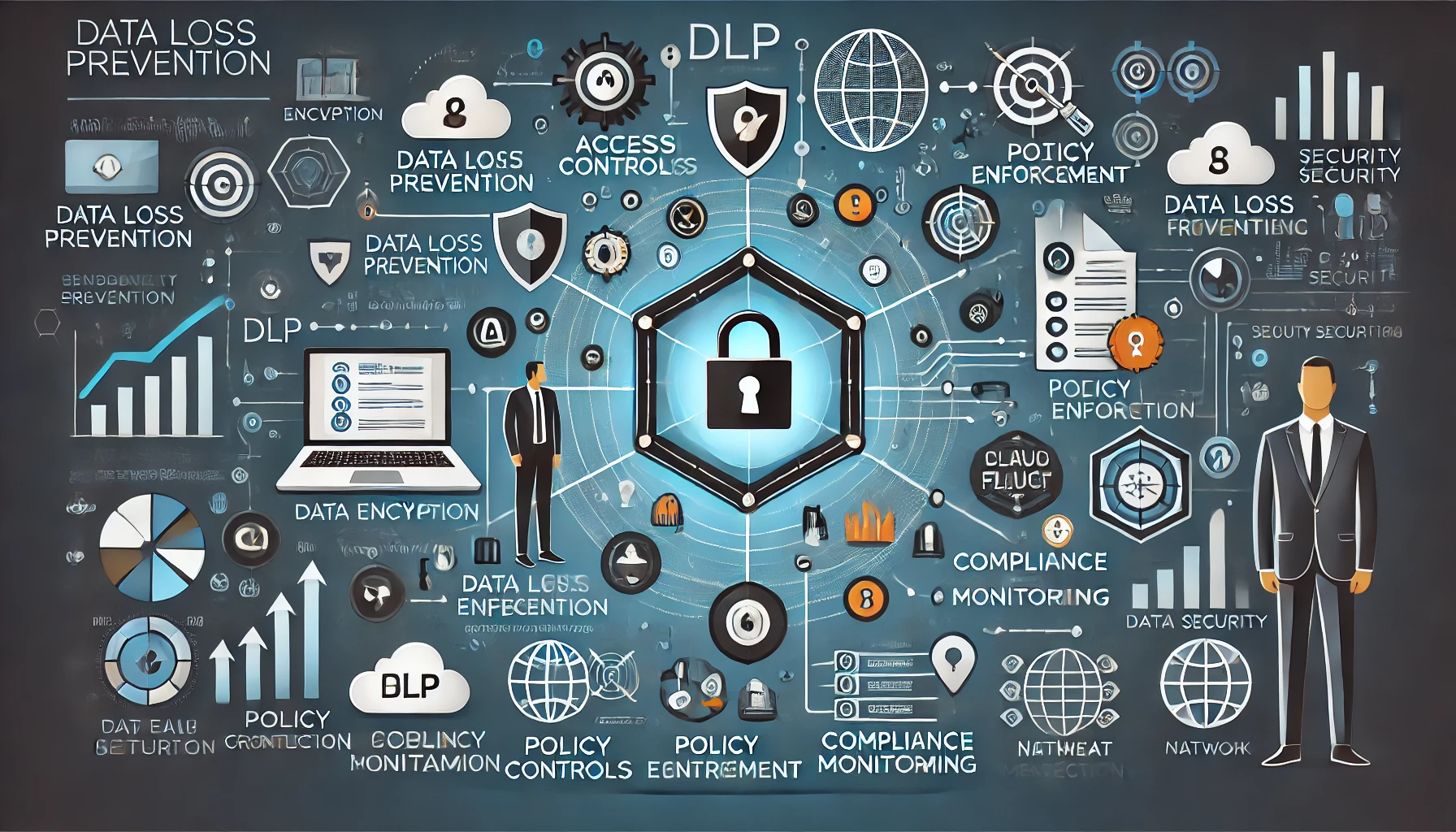In today’s data-driven landscape, businesses rely on vast amounts of information to operate efficiently, innovate, and maintain a competitive edge. However, this digital transformation has exposed organizations to unprecedented cybersecurity risks, requiring them to adopt Data Security Posture Management (DSPM) to ensure the protection, governance, and visibility of their data assets. With cyber threats evolving at an alarming rate and regulatory frameworks tightening worldwide, enterprises across all industries must take proactive measures to secure sensitive data, maintain compliance, and mitigate the risk of data breaches. This article explores the significance…
Read MoreCategory: Data Protection & Privacy
Building a Robust Data Loss Prevention (DLP) Program: A Technical Implementation Guide
As organizations face growing threats to data security, implementing a strong Data Loss Prevention (DLP) program has become a necessity. DLP aims to protect sensitive data from unauthorized access, accidental leaks, and malicious threats. However, the successful implementation of a DLP program requires more than just technology—it demands a well-structured strategy, involving people, processes, and tools. Key Steps to Implementing a Successful DLP Program Defining the Scope and Identifying Critical Data Establishing Governance and Awareness Designing the DLP Architecture Addressing Dependencies and Enhancing Security Deploying and Continuously Improving the Program…
Read MoreProtecting Your Cryptocurrency: Essential Security Tips to Prevent Hacks
With the growing adoption of cryptocurrencies, the threat of cyberattacks targeting digital assets has surged. Unlike traditional bank accounts, cryptocurrency security largely depends on individual users, making it crucial to implement robust security measures. Recent reports indicate a rise in crypto account breaches, often due to a lack of basic security practices or reliance on unsecured services. This guide provides essential tips to safeguard your digital assets from potential threats. Essential Security Tips for Crypto Users Steps to Take if Your Crypto Account is Compromised Cryptocurrency security requires proactive measures…
Read MoreThe Cost of a Data Breach: Financial and Reputational Impact
A data breach is a catastrophic event that can have severe financial and reputational consequences for any organization. As cyberattacks grow in complexity and frequency, the potential costs associated with a breach are escalating, affecting businesses of all sizes and across industries. Understanding these costs and their implications is crucial for organizations to develop robust security strategies and mitigate risks. Financial losses from a data breach can be staggering, encompassing direct and indirect costs. Direct costs include regulatory fines, legal fees, and the expense of investigating and addressing the breach.…
Read More


